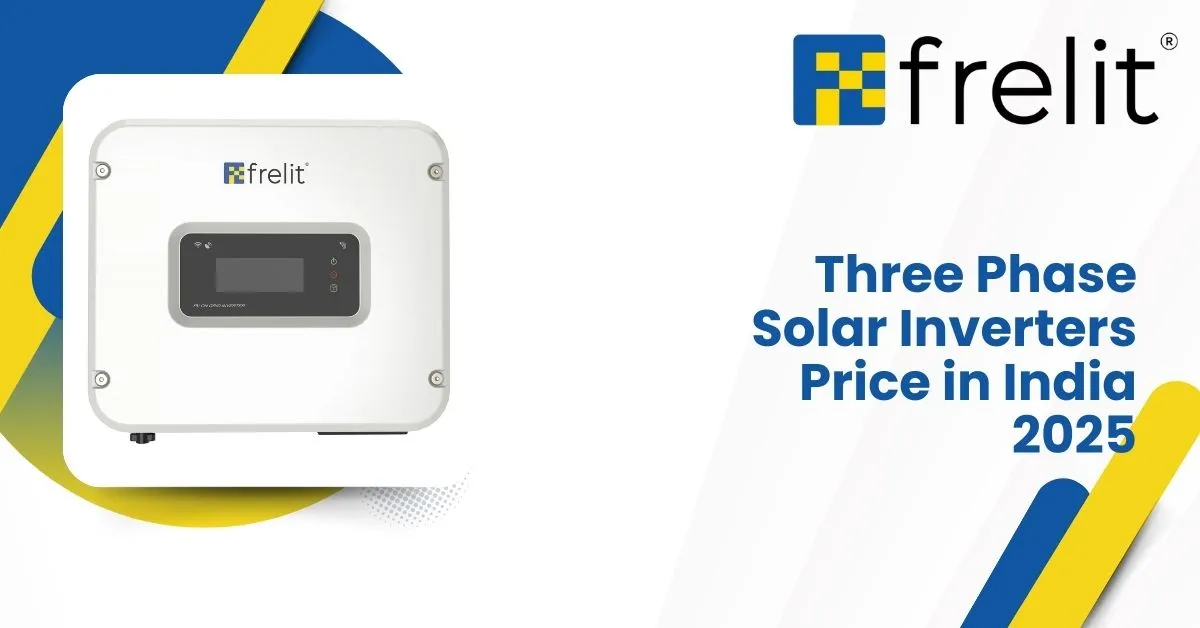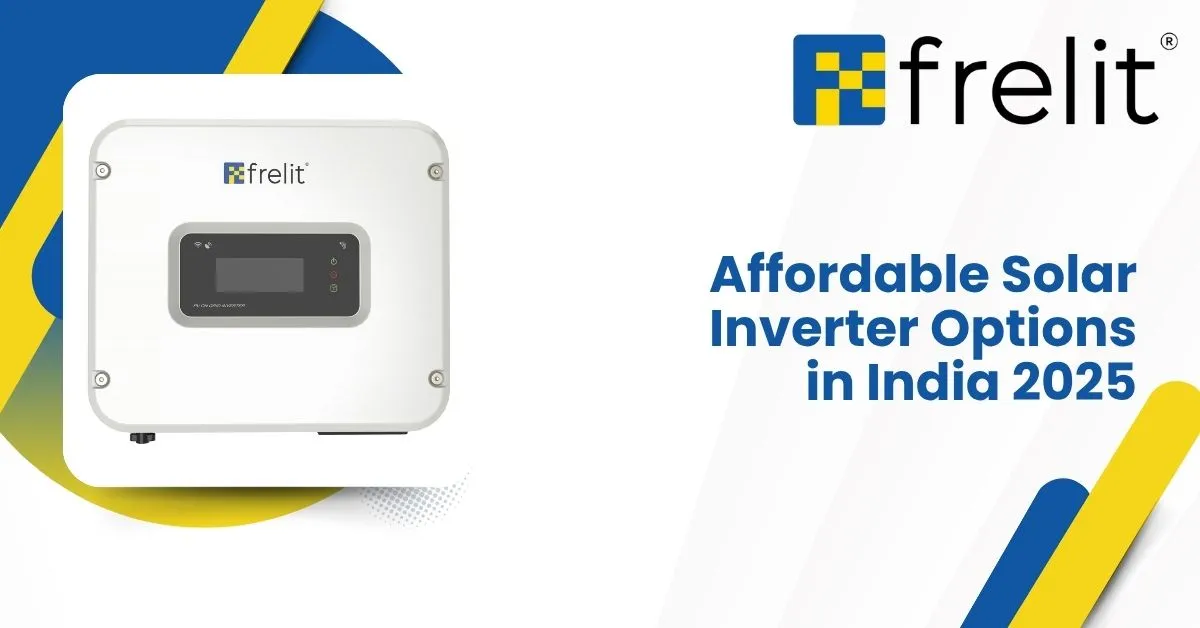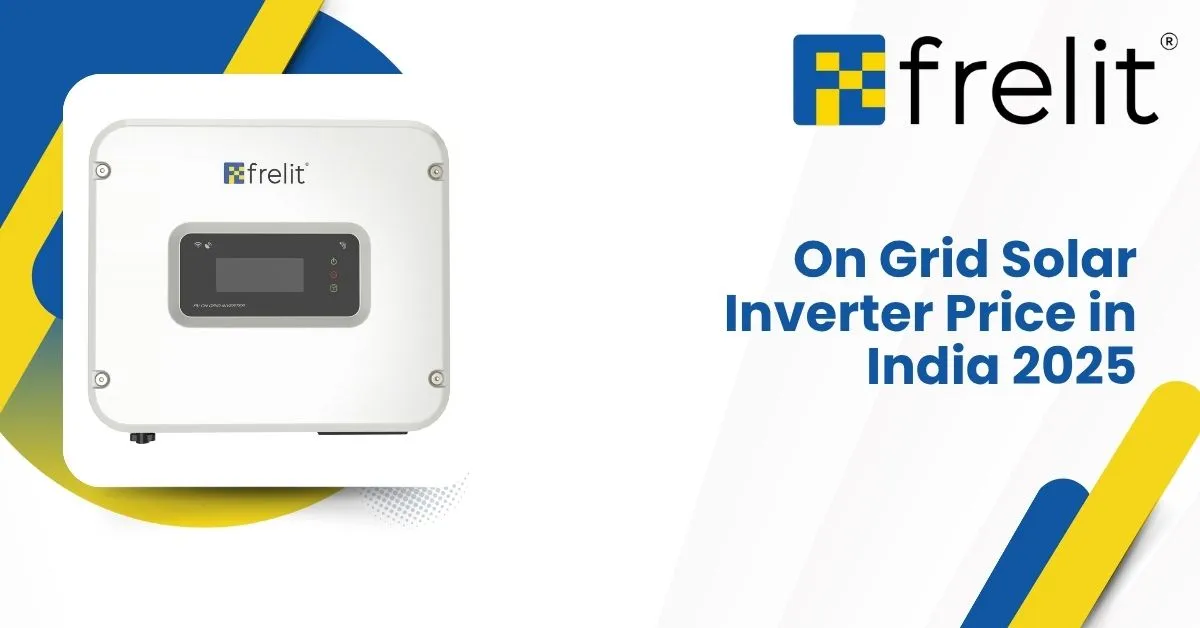
The adoption of solar energy in India is accelerating, especially among industries and commercial establishments. A crucial component of any solar power system is the solar inverter, with three phase solar inverters being the preferred choice for large-scale applications due to their efficiency and reliability. In this blog, we’ll delve into the pricing trends of three phase solar inverters in India for 2025, factors influencing these prices, and tips for selecting the right inverter for your needs.
Three Phase Solar Inverter Price Range in India
As of 2025, the prices of three phase solar inverters in India vary based on capacity, brand, and features. Here’s an indicative price range:
- 4 kW On-Grid Inverter: Approximately ₹51,000
- 5 kW On-Grid Inverter: Around ₹54,699
- 6 kW On-Grid Inverter: Estimated at ₹57,399
- 20 kW On-Grid Inverter: Close to ₹82,999
- 30 kW On-Grid Inverter: Approximately ₹1,47,000
Note: Prices are subject to change and may vary based on supplier and location.
Factors Influencing Solar Inverter Prices
Several factors contribute to the pricing of three phase solar inverters:
- Capacity: Higher capacity inverters are designed to handle larger loads, influencing their cost.
- Technology: Inverters with advanced features like MPPT (Maximum Power Point Tracking) and hybrid capabilities tend to be more expensive.
- Brand: Established brands with a reputation for quality and reliability may command higher prices.
- Warranty and Support: Inverters offering extended warranties and robust customer support services can be priced higher.
- Market Dynamics: Fluctuations in the cost of raw materials and changes in government policies can impact inverter prices.
Ready to invest in a three phase solar inverter for your industry or commercial establishment? Contact us for expert guidance, competitive pricing, and seamless installation services.
Understanding GST Impact on Inverter Prices
In 2025, the Indian government reduced the Goods and Services Tax (GST) on solar photovoltaic modules and wind turbine generators from 12% to 5%. This tax cut is expected to lower the overall cost of renewable energy production, including solar inverters, by approximately 5%. The reduction aims to encourage faster adoption of clean energy solutions and support India’s goal of achieving 500 GW of non-fossil fuel energy capacity by 2030.
Tips for Selecting the Right Three Phase Solar Inverter
When choosing a three phase solar inverter, consider the following:
- Capacity Matching: Ensure the inverter’s capacity aligns with your energy generation and consumption needs.
- Efficiency: Look for inverters with high efficiency to maximize energy output.
- Features: Consider inverters with features like MPPT, hybrid capabilities, and remote monitoring for enhanced performance.
- Brand Reputation: Opt for brands known for quality and reliable customer support.
- Warranty: A longer warranty period can provide peace of mind and protect your investment.
Future Outlook
The solar inverter market in India is expected to continue its growth trajectory in 2025 and beyond. With advancements in technology and supportive government policies, prices are anticipated to become more competitive, making solar energy solutions more accessible to a broader range of consumers.
Frequently Asked Questions
What is the price of a three phase solar inverter in India 2025?
Prices range depending on capacity and brand, typically from ₹51,000 for a 4 kW inverter to ₹1,47,000 for a 30 kW industrial inverter.
What factors affect the price of three phase solar inverters?
Capacity, technology (MPPT/hybrid), brand reputation, warranty, and market conditions are key factors influencing prices.
Are three phase solar inverters suitable for industrial use?
Yes, they provide balanced load distribution, high efficiency, and reliable power for factories, commercial buildings, and large plants.
Can I use a three phase solar inverter with batteries?
Yes, hybrid models allow integration with batteries for energy storage and uninterrupted power supply.
Do three phase solar inverters support grid-tied systems?
Yes, most modern inverters are grid-tied and compatible with net metering, allowing industries to feed excess energy back to the grid.
Conclusion
Understanding the pricing dynamics of three phase solar inverters in India is crucial for making informed decisions about solar energy investments. By considering factors like capacity, technology, brand reputation, and government incentives, you can select an inverter that meets your energy needs and budget.


